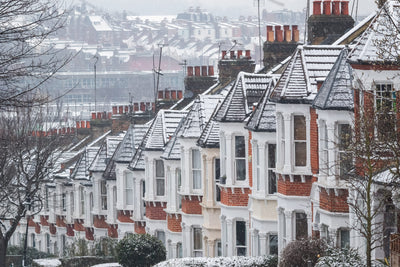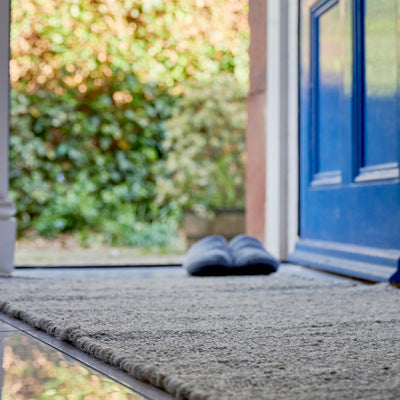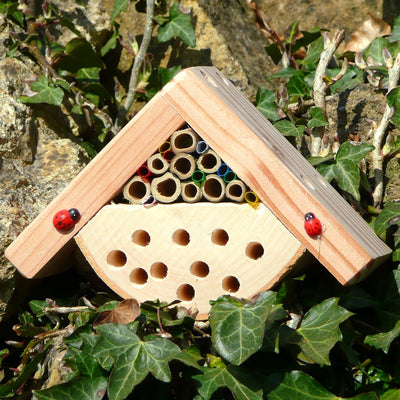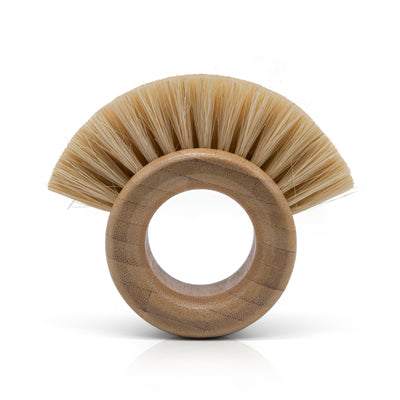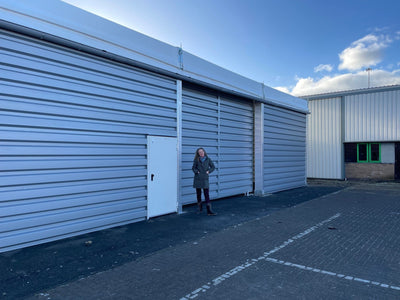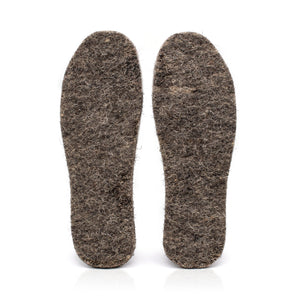It’s getting to that time of year when we start thinking of draught-proofing and insulating our homes against the onslaught of winter. There are a host of measures that can be implemented, from small cheap and easy DIY measures, to work that involves more expensive upheaval. But the more you pay, the more you expect to save off your heating bill, right?
Not necessarily!
We had a look at the range of measures recommended by the Energy Savings Trust, and worked out what the payback and cost-benefit was – and the results were surprising:
Payback and cost-benefit of insulation measures
| Measure | Cost to fit | Cost saving per year | Payback time |
| Hot water tank lagging | £25 | £200 | 1.5 months |
| Chimney draught exclusion | £37 |
£90 |
5 months |
| Pipe lagging | £20 | £10 | 24 months |
| Loft insulation (where there hasn’t been any at all) |
£880 | £225 | 74 months |
| Suspended timber floor insulation | £525 | £60 | 105 months |
| Cavity wall insulation | £1500 | £155 | 116 months |
| Loft insulation top up | £720 | £20 | 432 months |
| Internal wall insulation | £7500 | £210 | 428 months |
| External wall insulation | £12,000 | £210 | 685 months |
| Double glazing | £15,000 |
£155 | 1161 months |
All data is taken from the Energy Savings Trust website. Where multiple house types are given the figure for a terraced house is used.
Hot water tank lagging
If you haven’t got your tank lagged then tut tut! These are easy to buy and easy to fit. Like putting a cardigan on a baby. Hot water tank jackets are available in most DIY shops. We have environmentally-friendly ones made of sheep wool, they're a bit more expensive than others, but are much kinder to the environment and still pay for themselves in only 4 and a half months!
Chimney draught excluder
Most of us are unaware of how much warm air is lost up chimneys. This is mostly because we can’t see or feel it, but we certainly notice the cold draughts from air pulled in to replace the warm air travelling up the chimney. The EST recommends various draught-proofing measures but it is difficult to calculate how much these save you. Chimney Sheep Ltd have had the product tested by BSRIA to determine their cost savings. Chimneys function in such a way that the savings made from draught-proofing them can be calculated more readily than other draught-proofing measures.
Virgin loft insulation
You definitely should have this! Up to 25% of heat loss can be through un-insulated lofts. We've used the EST figures for the cost of insulating a home for consistency. Our lovely Sheepwool insulation is a more expensive but more sustainable product.
Pipe lagging
Unless you regard the exposed pipes as a way of heating your home before it reaches the radiators / taps, then get your pipes lagged. It’s so easy it’s almost fun, and so cheap you hardly need worry about the payback, but well worth it nonetheless. Our sheepwool pipe lagging is inexpensive and a sustainable alternative to foam pipe lagging.
Cavity wall insulation
One of the “bigger” measures, that is the cheapest and easiest to do. Nonetheless, it will take a decade before it pays for itself.
Suspended timber floor insulation
Up to 15% of household heat is lost through the floor and although it would take a long time to recoup the cost, it will make your home more comfortable. If you do it as a DIY measure then you can save money. Remember our Comfort Sheepwool insulation is ideal for putting between under-floor joists.
Loft insulation top-up
Although it’s not going to save nearly as much as putting insulation into a loft that has never been insulated before, it’s still going to make your home a lot cosier.
Internal wall insulation (wall lining)
This is getting expensive. Don’t think about payback, just think about how much warmer your home is going to feel. Up to 35% of household heat is lost through uninsulated walls. If you are handy then you can save a lot of money installing this yourself.
External wall insulation (over-cladding)
There are new materials coming along all the time that aid with external wall cladding so it's best doing some research to check which is the most appropriate plus cost-effective for your type of building. It will make your home much warmer but it would take 57 years to pay for itself.
Double glazing
I don’t think we should think about fitting double glazing as a money-off-your-bill exercise. The maths doesn’t add up. Double glazing will save you some money off your bills, but never pay for itself. They will make your home more comfortable, reduce draughts, and look nice if you get the right sort.
We have to give credit to the double-glazing sales companies that have promoted the myth that fitting double glazing is a primary way of saving money off the heating bill. There are numerous websites, including government sponsored ones, that advise fitting double glazing in order to save money. A lot of these websites don't mention fitting a chimney draught excluder. Double glazing companies have bigger marketing budgets than us.



